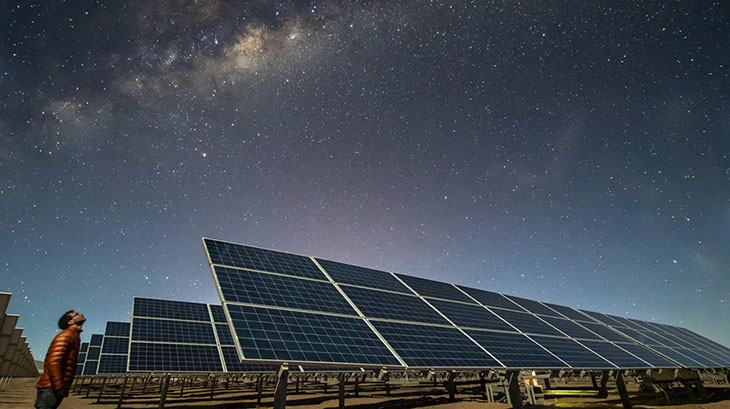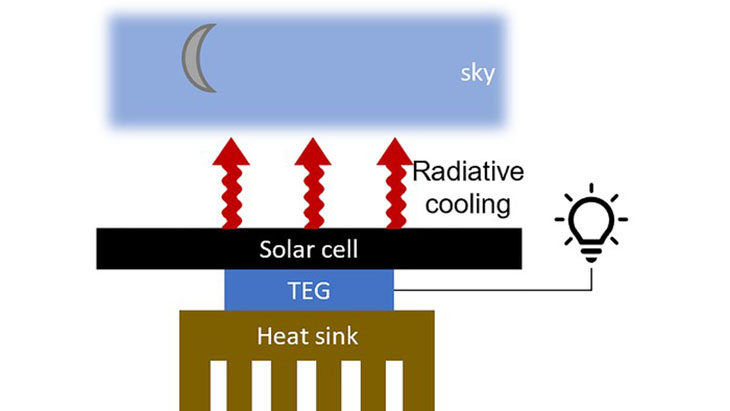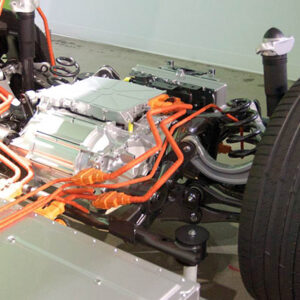
The world has indeed moved forward. Electricity has been available in every corner of the planet. People can get access to light and power simply by plugging. Electric companies, on the other hand, have been finding ways to protect the power by strengthening the lines and protecting these against the harsh forces of nature.
However, electric bills don’t always come cheap. Moreover, some lines aren’t as reliable. This is why people have resorted to solar energy. The panels are there to provide power without the need of the conventional form of supply. However, installing the panels don’t come cheap, and oftentimes, batteries that allow you to power your home at night are even more expensive.
In reality, there are still roughly around 750 million people in the world that do not have access to electricity at night. Yes, many of them have solar cells, but these are limited to providing electricity only during the day. If they do want to save some energy for later use, they need substantial battery storage to do so. That may be possible, but this requires you to shell out money.
In answer to this conundrum, researchers from Stanford University constructed a photovoltaic cell. Its main design is to harvest energy from the environment during both the day and night. This means that they are able to let go of the need for battery use. It works by using heat leaking from the earth back into space. This type of energy is on the similar order of magnitude as incoming solar radiation.
“You want the thermoelectric to have very good contact with both the cold side, which is the solar cell, and the hot side, which is the ambient environment,” said author Sid Assawaworrarit. He added, “If you don’t have that, you’re not going to get much power out of it.”
Solar cells radiate and lose heat to the sky at night. They are able to reach temperatures a few degrees lower than the ambient air. The device is still under development, but right now, it uses a thermoelectric module to create and generate voltage and current from the temperature gradient found between the cell and the air. This whole process is dependent on the thermal design of the system, which means that there is a hot side and a cold side that go with it.
The team behind the cell showed how their device generated power during the day, and how it runs in reverse and contributes additional power to the conventional solar cell when the sun sets. The best part about it is that the setup is very affordable. In principle, this whole process could easily be consolidated within existing solar cells. More importantly, the design is so simple that construction in remote locations with limited resources can be done with essentially no difficulties.
“What we managed to do here is build the whole thing from off-the-shelf components, have a very good thermal contact, and the most expensive thing in the whole setup was the thermoelectric itself,” said author Zunaid Omair.

Fact is that making use of power at night for lighting only requisites a few watts of power. The device right now generates 50 milliwatts per square meter. With the numbers, this means that lighting would need about 20 square meters of photovoltaic area.
“None of these components were specifically engineered for this purpose,” said author Shanhui Fan. “So, I think there’s room for improvement, in the sense that, if one really engineered each of these components for our purpose, I think the performance could be better,” he explained.
The team has a goal right now and what they want is to optimize the thermal insulation and thermoelectric components that go with the device they created. They are also looking deeper into the engineering improvements to the solar cell itself so that this can amplify the radiative cooling performance without making an impact on its solar energy harvesting capability.
Should the design and production fully take place, homes even in the remotest of areas will no longer have a need for conventional power.
The article has already been published in Applied Physics Letters.
What are your thoughts? Please comment below and share this news!
True Activist / Report a typo


